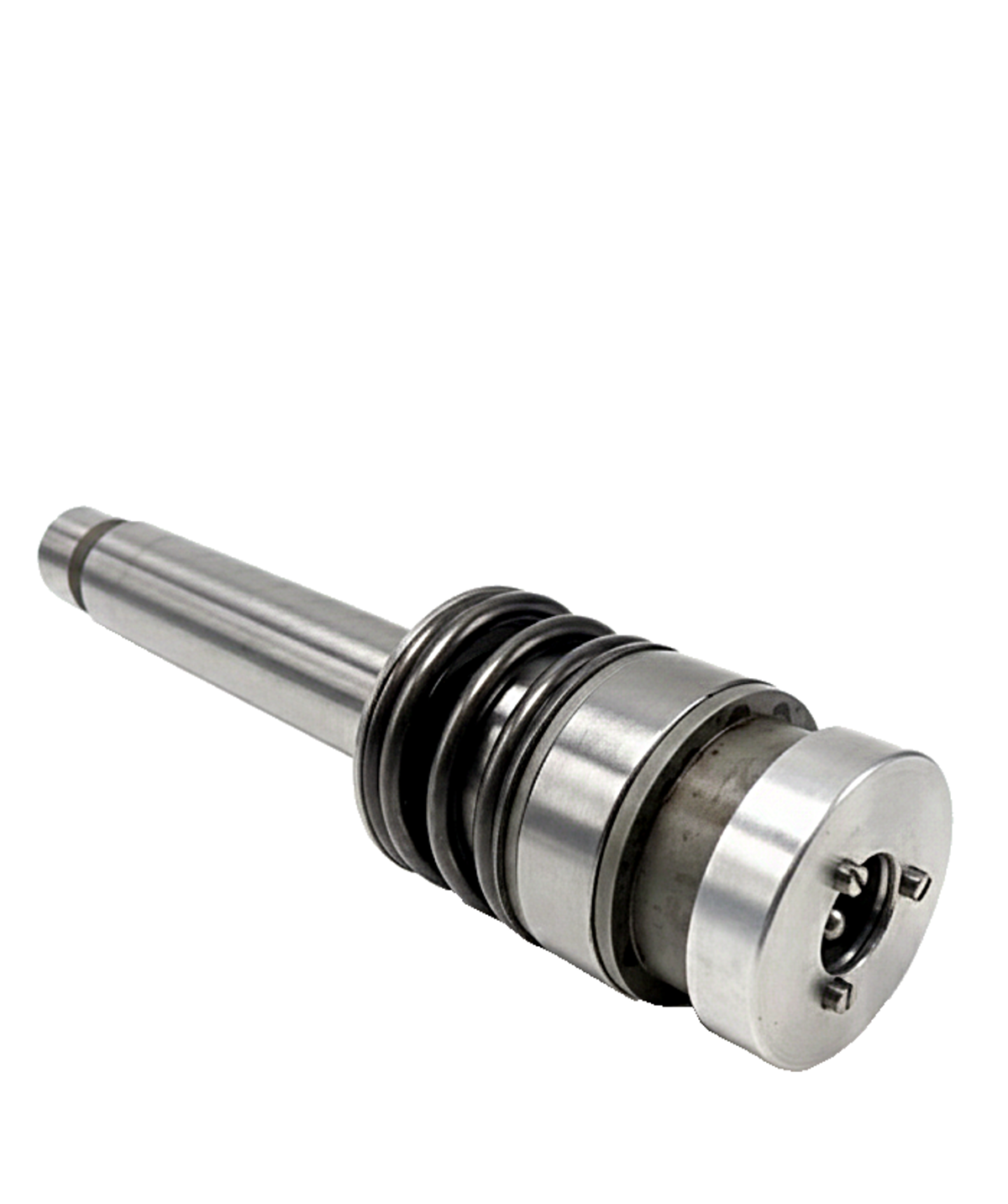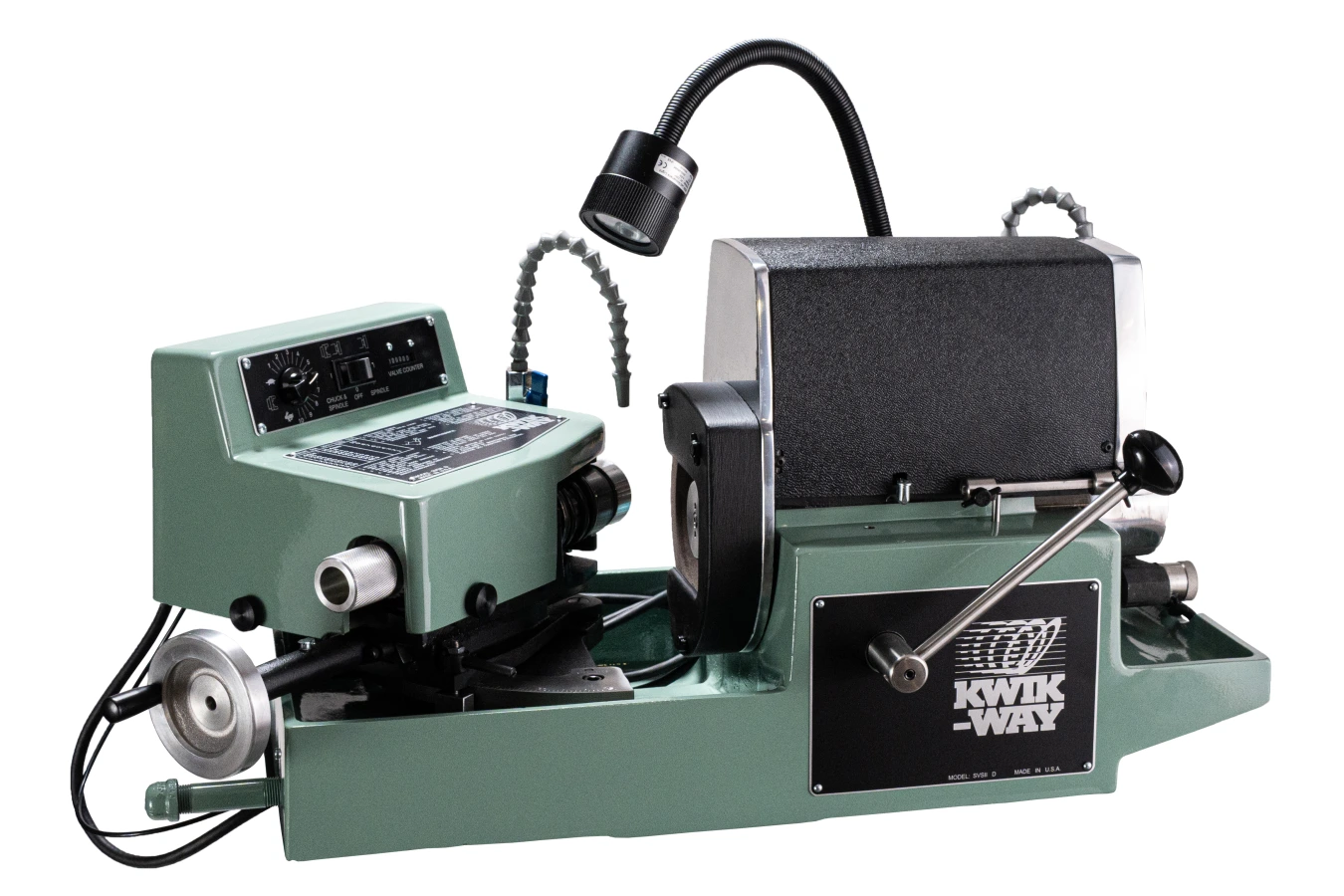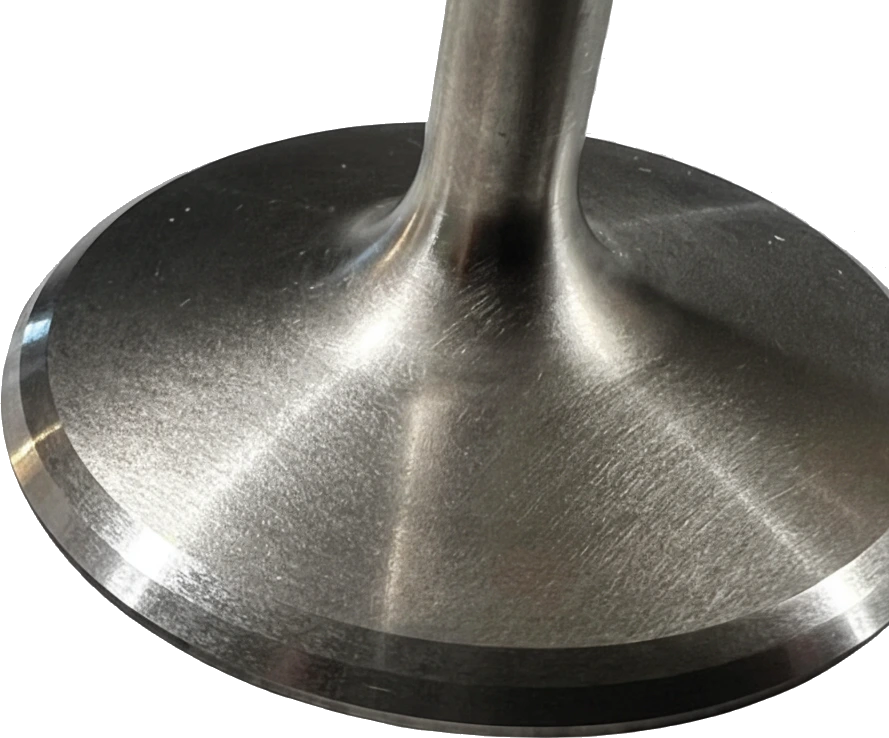Valve Refacing Essentials
- Accuracy that matters: Concentricity and finish determine sealing and longevity. Learn how chuck design, setup, and feeds influence results.
- Correct sequence: Inspect → Prep → Chucking → Grind angles → Finish → Verify runout and seat contact.
- Surface finish: Oil flow, wheel spec, and dressing are decisive for sealing and durability.
- Throughput without compromise: When and how to increase speed while preserving accuracy.
Common pitfalls to avoid
Overheating due to poor coolant delivery
Adequate oil flow is critical to carry swarf and control heat. Aim the nozzle at the grind zone, verify unrestricted flow, and keep the reservoir clean. Starved coolant shows up as blueing, glazing, or micro‑cracks and quickly degrades finish. If you’re pushing production, consider an external pump for steadier flow and lower oil temperature.Inconsistent clamping causing runout
Runout undermines sealing and shortens service life. Keep chuck jaws and stem contact surfaces clean, use consistent clamping force, and support the stem appropriately. After any setup change, re‑verify concentricity. High‑precision chucks reduce variability, but they still depend on clean, repeatable clamping. The Kwik-Way 6-ball chuck uses an exclusive, air-activated Centerline System for precise valve refacing. It clamps the valve stem on its operating portion with six hardened steel balls, automatically finding the true centerline. This corrects heat-induced warps, ensuring the valve face is concentric to the stem for optimal performance.Wrong wheel spec for material
Match grit, bond, and structure to the valve material and your finish/throughput target. A wheel that’s too hard/closed tends to load and burnish; too soft/open can lose form and force frequent re‑dressing. Track results by material (e.g., stainless, hard‑faced) and wheel spec so you can repeat what works.Skipping wheel dressing and verification
Dress to restore sharp, open grain and maintain geometry; dull or glazed wheels smear instead of cut. After grinding, verify runout and seat contact. Skipping either step invites leakage, premature wear, and rework—especially noticeable under boost or high‑load conditions.
From Process to Practice
The SVSII Deluxe aligns with the process best-practices:
Repeatable accuracy
High Performance Chuck with up to 0.0002” accuracy helps reduce runout and improve sealing.
Clean, cool grinding
Optional external oil pump improves finish and tool life during heavy use.
Throughput without shortcuts
Foot-pedal chuck option and ergonomic layout speed up work while preserving precision.

Ready for a tailored quote?
- Clear machine configuration options to match your work
- Support for U.S. and international shops
- Parts and consumables in stock

